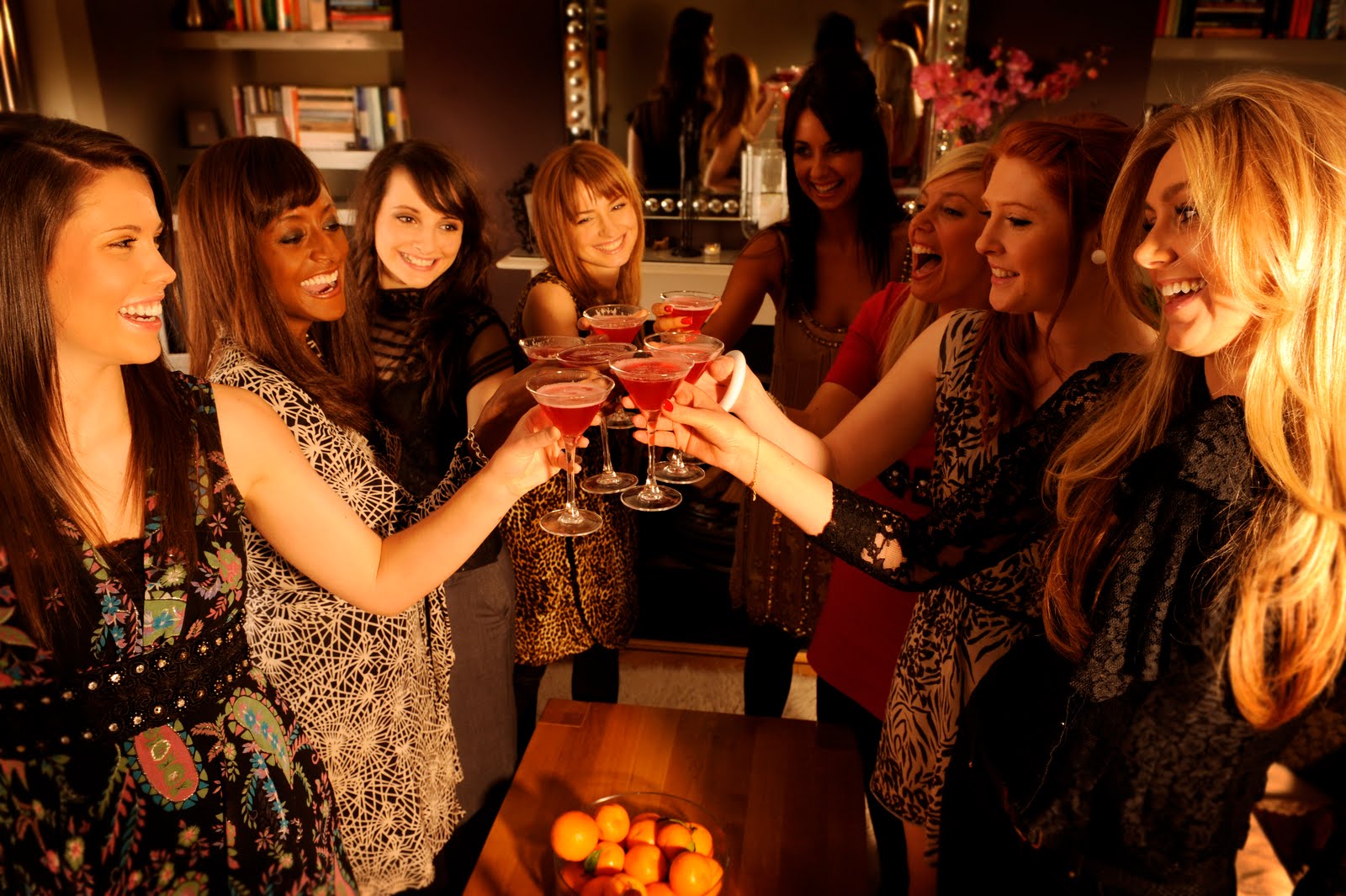If you’re young, free and whether you’re single or not, it seems a night dancing around hand bags in a large, bouncing nightclub is not the normal way to spend your weekend.
The lure of staying home, enjoying a quieter drink, chatting on social media, listening to personalised playlists on Spotify or playing video games are becoming far more attractive than clubbing – to even the under 35s.
The smoking ban, student loans which leave youngsters with less money for going out and more relaxed licensing laws that let pubs and bars sell alcohol into the early hours have all conspired to bring about the demise of clubbing.
So much so that the Office for National Statistics (ONS) has ditched nightclub admission charges from its basket of everyday goods and services which it uses to calculate inflation.
It is a reflection of the significant change in the way the so called millennial generation – those born in the 1980’s and 1990’s – choose to spend their leisure time. Music streaming services mean that music is much more accessible than before, and social media sites enable young people to “socialise” with their friends without actually meeting up. It has resulted in hundreds of nightclubs going to the wall.
It is also having an impact on what they are drinking or not as the case may be.
The level of alcohol consumption amongst millennials is on the decline. So much so that the proportion of teetotallers has grown over the past decade with more than a quarter of 16- to 24-year-olds now classifying themselves as teetotal. That compares with fewer than one in five in 2005.
So despite the tabloid headlines, binge drinking is also well down. A third of young people got drunk regularly a decade ago compared with only one in six today. To cash in on this trend, alcohol-free bars are opening.
The ONS inflation basket contains about 700 goods and services that the public most often use or consume.
Other interesting additions this year include coffee pods, the capsules for new coffee machine that replicate a proper espresso, and cream liqueurs such as Baileys, which are undergoing something of a revival.
The rise in gastro pubs has seen the exclusion of hot and cold pub snacks from the ONS list, such is the drive for food led outlets.









































